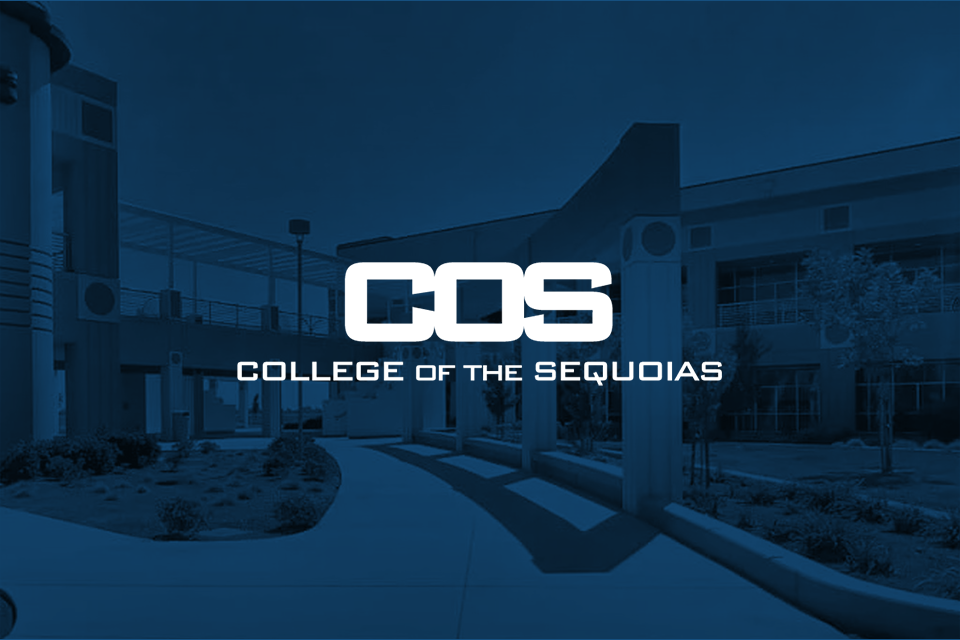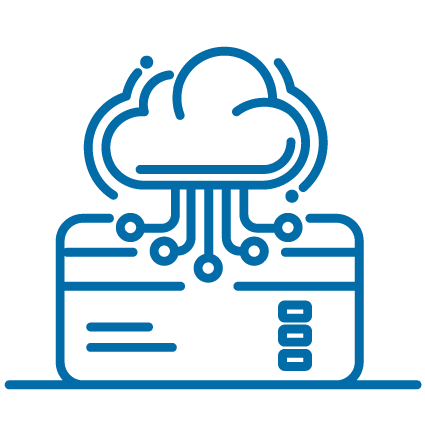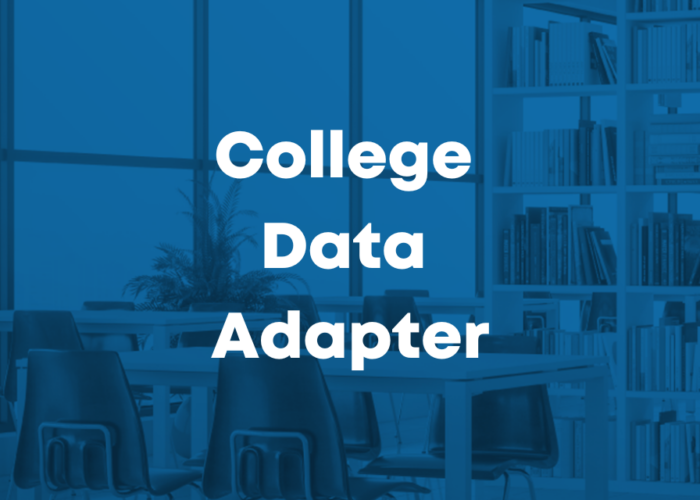Established in 1926, College of the Sequoias (COS) is a two-year public college located in Visalia, Calif. in the foothills of the beautiful Sierra Nevada Mountain range. COS is a member of the California Community Colleges System that educates and trains students in Tulare and Kings Counties. More than 13,000 students enroll in COS to obtain an associate degree, complete courses that are transferable to a four-year college or university or attain a certificate of completion. COS employs more than 1,300 faculty and staff in fifteen locations. The COS police and fire academies are based at the Hanford full-service center, and the Tulare College Center is home to the COS agriculture programs.
Improving ERP Performance
For more than twenty years, COS had relied on the Ellucian® Banner Enterprise Resource Planning (ERP) system to handle its many vital workflows, including human resources, college finances, student information, and financial aid. However, the on-premises data center on which Banner was running had its limitations, and the old hardware could not keep up with the college’s growing demands. The data center was nearing its end of life, and COS had to decide whether to update and invest in all new servers or move Banner to the cloud. Enhancing the systems’ security levels and ensuring that disaster recovery plans were adequately addressed also ranked high on the COS IT team’s priority list.
A Perfect Partner in Apogee
The college chose to migrate its ERP system to the Amazon Web Services (AWS) Cloud with help from Apogee, a member of the AWS Public Sector Partner Program and an AWS Partner. “It seemed logical to me to make the move to AWS and adopt a system that was much easier to manage—one that didn’t require an investment in hardware every five years,” says Glen Profeta, chief technology officer at College of the Sequoias. Additionally, because Banner handled so many essential workflows, the college wanted to keep the old system in production while testing Banner in the new environment. This was much easier to do with AWS.
This wasn’t the first time COS had migrated to AWS with assistance from Apogee. Apogee had previously provided COS with the knowledge transfer and training needed to successfully migrate Ellucian Degree Works to AWS. The move immediately improved the performance and availability of its academic planning and degree progress tool, so Apogee proved to be the perfect partner for COS for its ERP migration. The leaders of the Apogee cloud professional services team, Mike Rose and Dave Fuhrmann, had also previously worked in higher education and had migrated their institution’s ERP system to AWS. They knew first-hand the challenges of maintaining an academic ERP system on premises and the requirements of migrating such a system to AWS. Apogee was the clear choice when COS wanted to migrate its Banner ERP system to AWS.
Planning Sessions with AWS Professional Services
At the start of the migration project, Apogee collaborated with AWS Professional Services to design the architecture that would support Banner and the peripheral applications that depended on it. Because Banner supports numerous processes, accounts, and applications, the team implemented AWS Control Tower, developing a compliant multi-account AWS environment, or landing zone, using best practices. It also deployed AWS Identity and Access Management (IAM) to all the security components.
Reliability with a Containerized Framework
Once the AWS environment was established, Apogee performed the actual migration. It used Amazon Elastic Container Service (Amazon ECS) to develop a container framework and migrate many of the applications to Docker containers, which helped improve system performance and increase scalability and reliability. Apogee also improved the system’s application tier. The on-premises environment combined the database tier and the application tier, making the system difficult to maintain and limiting performance. Apogee split them into separate Amazon Elastic Compute Cloud (Amazon EC2) instances, which improved system flexibility and made it easier to manage.
Apogee implemented the entire infrastructure in code using the AWS Cloud Development Kit (AWS CDK) to define the cloud application and AWS CloudFormation to provision the resources in a safe, repeatable manner. As part of the project, it also migrated PortalGuard, the Banner ERP system’s identity management solution that provides single sign-on authentication.
Set Up for a Successful Migration
While the migration project was not without its challenges, consistent support from COS leadership kept the project moving forward and contributed to its success. One of those challenges was staff turnover. “IT shops at community colleges are extremely thin, and frequently one person has the essential skill set,” says Profeta. “When a person leaves, that skill set is lost, along with valuable institutional knowledge.” However, COS leadership provided the COS IT team with the support and resources they needed to devote themselves to the migration process, empowering them to work side-by-side with Apogee.
A Self-Hosted, Easily Maintained System
Apogee trained the COS IT team on how to maintain the system after migration. Now, a database administrator (DBA) at COS performs system maintenance, relying on Apogee for added support when needed. Because Banner sits on a solid infrastructure on the AWS Cloud, the system is much more reliable, making it efficient to manage. The DBA and the rest of the COS IT team now have the time to perform new tasks and attend to other priorities, which was not the case when the Banner ERP resided on premises.
Looking Forward: Additional Migrations to AWS
With the AWS framework now in place and a strong understanding of the cloud environment, the COS IT team has started migrating other applications to AWS, and they plan to migrate more. “The team has the confidence and ability to innovate rapidly in a way that was not feasible when we were on premises,” says Profeta. “We’re excited to discover what else is possible with AWS.”






